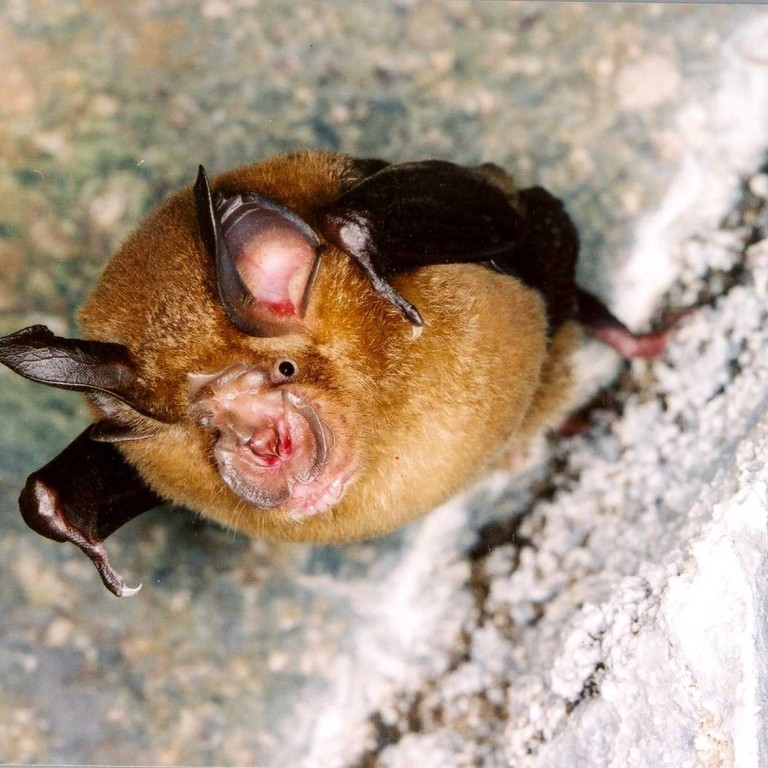
Deadly Sars virus that swept Hong Kong originated in bats, scientists say
Coronavirus discovery in Chinese species is closest match yet to 2003 outbreak
The possible return of Sars needs to be taken more seriously after two closely related viruses were found in a species of Chinese bat, scientists warned.
Discovery of the coronaviruses in the horseshoe bat by an international research team confirmed bats as the original source of Sars, they said.
The team, led by the Wuhan Institute of Virology, also found that the new bugs could infect humans directly from bats. Sars was assumed to have travelled to humans via civet cats.
"The findings suggest that the virus' transmission pathway from bats to human is much shorter than we have thought," Professor Malik Peiris, chair of virology at the University of Hong Kong, said after reading the research report. "The reemergence of Sars will have to be taken more seriously."
The new bat viruses are much more closely related to the severe acute respiratory syndrome virus that killed hundreds of people 10 years ago than any previously identified bat coronavirus.
The team said in their report, published in on Wednesday, that the current outbreak of the deadly Middle East respiratory syndrome coronavirus showed this group of viruses remained a key threat.
Various Sars-like viruses have been reported from bats in China, Europe and Africa, but none was considered a direct ancestor of the Sars virus because of their genetic differences and inability to bind to human cells.
"This is the first time that live virus has been successfully isolated from bats to definitively confirm them as the origin of the virus," Australia's national science agency, the Commonwealth Scientific and Industrial Research Organisation, which took part in the research, said in a statement yesterday.
The team, which also comprised scientists from the United States and Singapore, isolated the two new viruses directly from faecal samples of Chinese horseshoe bats.
Peiris, who led the team that identified the Sars virus in 2003, said the structure of the previously found bat virus' spike protein - a component of the Sars virus - made it unable to enter and infect human cells.
The protein was like a wrong key unable to open a lock, but "viruses found this time have exactly the right key".
Still, Peiris said, the Sars-like coronavirus previously found in civet cats was more similar to Sars than the newly found bat viruses, so the theory of civet cats being intermediate hosts still stood. Wild game markets were the likely sites for the first infections.
In 2003, Sars infected 1,755 people in Hong Kong, killing 299. Globally there were 8,096 infections and 774 deaths.
